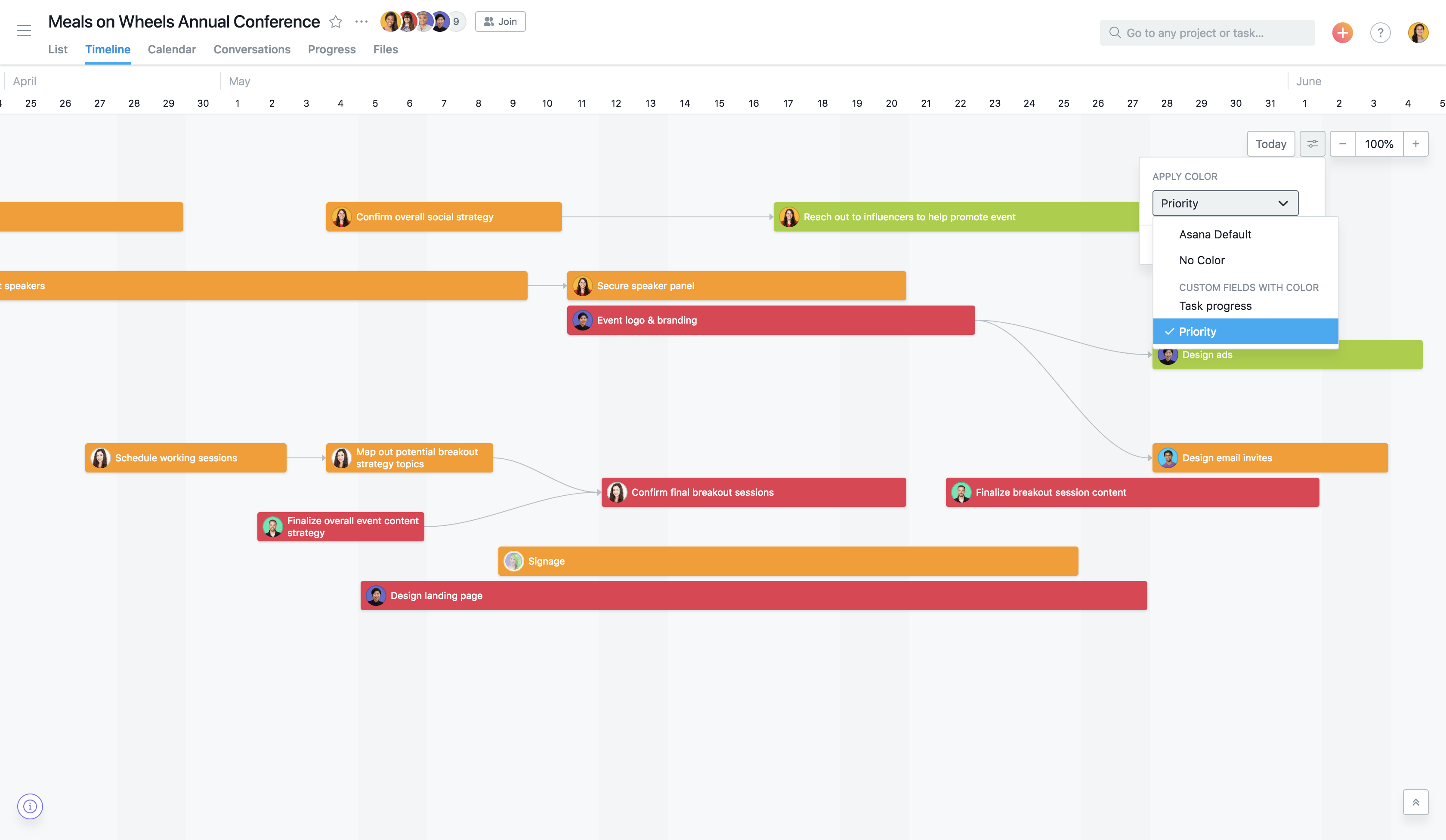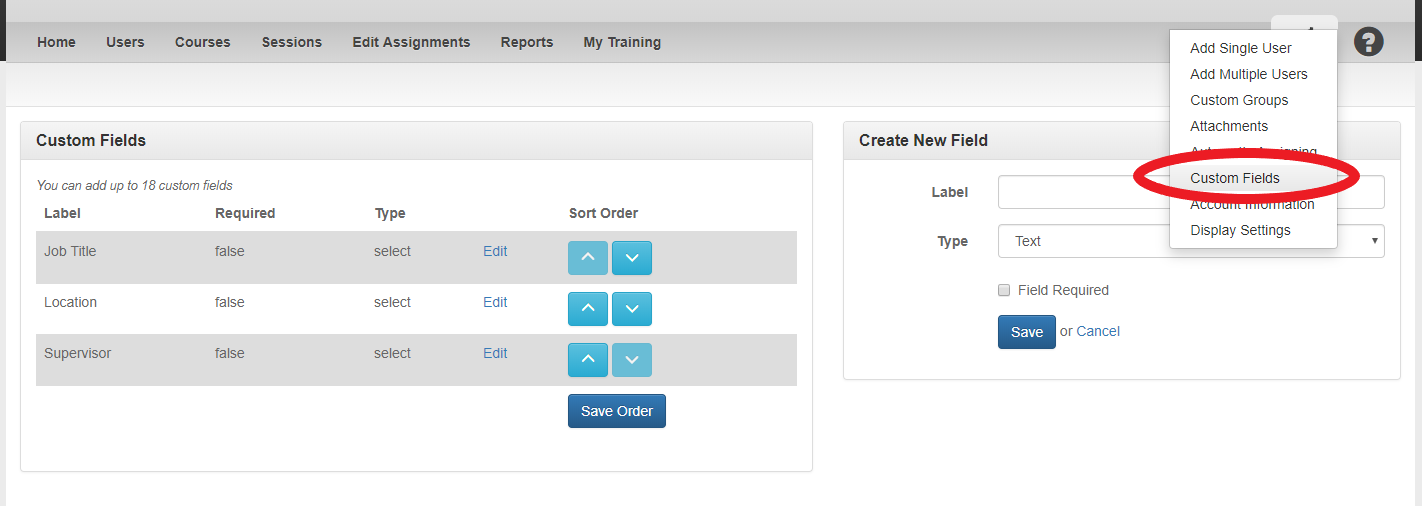
This way, it can be re-used for more than just the ABC Project.Īnother thing you should do is you should have a current list of Custom Fields in your Documentation and make sure it’s accessible to End Users. I would reject this and propose we call it “End Date” instead. For example, let’s say you get a request asking you to add a Custom Field “ABC End Date,” where ABC is the Project Key for a specific project. To start with, I would suggest you keep your Custom Field names as generic as possible. So, as a best practice, you should have some governing around how Custom fields are added to your system. This fact is because it will depend on your system’s architecture, performance metrics of things like Network and Database, and even how far away most of your users are from your Jira system. Unfortunately, it’s hard to give you a concrete answer as to how many is too many. However, just like having too many sweets, including too many custom fields to your Jira instance can cause serious problems. They are a great way to add some functionality and usefulness to your Jira Instance in small batches. I like to compare Custom Fields to candy.
#Busycontacts adding multiple custom fields software#
For example, Jira Software adds several Locked custom fields used for it to function correctly. Be aware that some of these fields are autogenerated by Apps and Applications. You can find the list of the current Custom Fields by going to your Admin Section -> Issues -> Custom Fields. Having custom fields is vital to ensuring your teams can capture the information they need to do their job and then organize, sort, and report on that very same data. The custom part means you, dear Jira Guys and Gals, get to define what they are, how they behave, and how they look.

So, for the most part, you are stuck with them – but that’s okay.īut then there are the custom fields. Unfortunately, these fields cannot be customized or changed in any significant way. These are entries like Description, Summary, and Due Date. First, there are the System fields that come with Jira Core out of the box. In general, there are two types of fields in Jira. Anything you can enter on an issue is considered a field. Jira, being Database driven, borrowed this term to refer to each entry within a given issue. So, what are custom fields?Ī field, in Database terms, is a piece of categorized information within an entry or row. So I figured I’d spend today doing a deep dive into Custom fields, what they are, how they can be used, and what some of the best practices are around them. Do you know what I think is one of the most misunderstood features of Jira also is? Yep, custom fields.

For example, you could make a Smart Filter that finds all contacts that have a Max Price ≤ $500,000 and Rooms ≥ 3.Based on the number of tickets and requests I had for it over the years, do you know what I think the most loved feature of Jira is? Custom fields. You can even perform arithmetic comparisons on the data. It will automatically sort strings, numbers, and money correctly. The List View is smart about sorting Custom Columns. You can do interesting things with Custom Fields in the List View and Smart Filters. In addition to showing Custom fields in the Info Panel, you can display up to 10 custom fields in the List View by entering the Custom field labels in Info Panel Preferences and checking them. Then creating field labels for Max Price, School, and District. To illustrate this example, the process would involve adding the Custom field to the Info Panel in Info Panel Preferences or with the Add Field menu. The purpose of the Custom type is to let you extend the data model if you have a piece of data doesn't fit neatly into one of the standard predefined types.įor example, a realtor may want to use the custom fields to record information for each client's requirements like maximum price, number of rooms, and school district. Since we like to turn things up to 11, Bus圜ontacts adds an additional predefined field type called Custom.

They are not supported on Exchange/Office 365. Note: Custom Field Types and Labels are only supported on CardDAV servers, such as iCloud and Google.


 0 kommentar(er)
0 kommentar(er)
